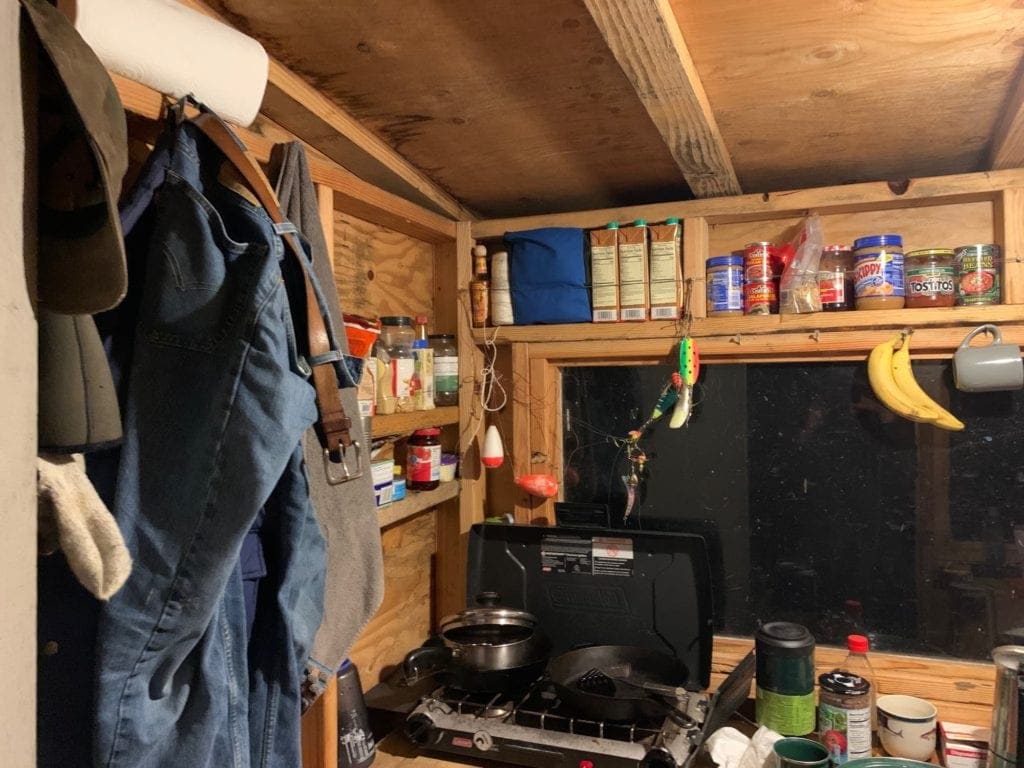Last week, Wild Fish Conservancy (WFC) biologists completed a lengthy coho salmon post-release survival study at the Cathlamet fish trap in the lower Columbia River, WA. Confirming results of the peer-reviewed and published study from 2019, data from 2020 show that the passive fish trap design has no detectable impact on the survival of wild coho salmon captured and released from the commercial fishing gear.

Building upon WFC’s peer-reviewed and published results from 2019, WFC captured coho salmon with the modified passive fish trap design and released the catch into a floating mesh pen to evaluate long-term post-release survival of the species from the commercial gear. Although mark-recapture tagging studies are often preferred to holding studies when estimating post-release survival, the holding methodology has been used by the Washington Department of Fish and Wildlife (WDFW) and Oregon Department of Fish and Wildlife (ODFW) for other commercial gears in the Columbia River for the coho salmon species. As a result, it was necessary to keep methods consistent in order to effectively compare results between gear-types used in the fishery.
While the 2019 coho salmon study investigated survival over a short-term two day post-release period, this year’s study expanded the holding period to a total of four days to estimate long-term post-release survival. Although fish would never be captured with a gear and held in confinement for multiple days in a commercial setting, the holding study simulated survival upriver post-release from the gear over a four day migration.
The 2020 coho salmon study occurred from the peak of the “early” coho salmon run in late-September through mid-October when the “late” coho salmon run migrates through the lower Columbia River. Three sub-samples of approximately 35 coho salmon were captured with the modified fish trap and released into floating mesh pens, totaling 105 fish. WFC biologists were stationed at the research site to monitor each sample around the clock with underwater video cameras and document relevant water quality conditions. This strategy was employed to document post-release mortalities throughout the study period and to ensure that each sample was uncompromised by birds or marine mammals — an issue that has occurred during prior holding studies conducted by WDFW and ODFW, among others.

While stationed at the research site for this year’s study, WFC staff lived humbly on the vessel we’ve come to know as home. Monitoring each sample around the clock, the biologists slept in shifts under tarps or curled in fetal position within the “data shack” to keep dry from the steady fall rains. All meals were similarly prepped within the data shack — some surprisingly delicious, others not so much…


During the day when all monitoring duties were complete, WFC staff passed the time reading books, playing cards, and enjoying beautiful views of the lower Columbia River from a perched view on top of the fish trap pilings. On rare occasion, sea lions approached the research site putting each biologist on edge; however, all mammals quickly passed downriver causing no problems throughout the 2020 research season.


Living meagerly out of our research vessel or the bed of a truck, WFC staff stretched a thin budget to advance the fish trap project in 2020. After completion of the third coho salmon sample, WFC once again documented zero long-term fish mortalities post-release from the fish trap gear for a survival rate of 100% for wild coho salmon bycatch — a result that has not been achieved by any other previously studied commercial fishing gear. This dataset will complement peer-reviewed and published findings from 2019 that employed mark-recapture and holding methodologies to demonstrate 100% post-release survival for both sockeye and coho salmon. The multi-year data set will be used by management agencies to update approved mortality rates for the fish trap commercial gear in preparation for broader-scale legalization of the tool in the lower river fishery.

With the 2020 research season complete, we want to thank the many individuals that contributed donations to make this research possible through GiveBig!, WFC’s website, or other means. Often, it’s hard to know the true impact of your contribution to one cause or another. For this project, however, your dollars directly gave us the ability to station and feed our staff, and most importantly, complete this study to reduce bycatch mortality of wild salmon and steelhead in Columbia River fisheries. Thank you very, very much for all of your support and we look forward to advancing this research in the coming years!

Join our mailing list to recieve important updates on our work, the latest wild fish news, & opportunities to take action to support wild fish.
This site is protected by reCAPTCHA and the Google Privacy Policy and Terms of Service apply.
Wild Fish Conservancy is recognized as a 501(c)3 non-profit by the IRS